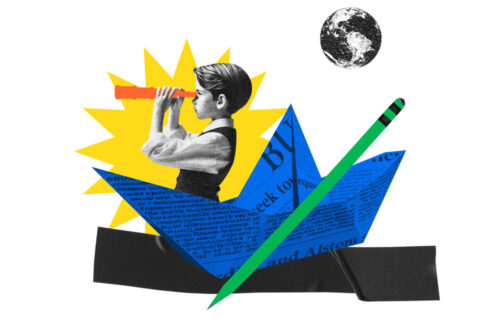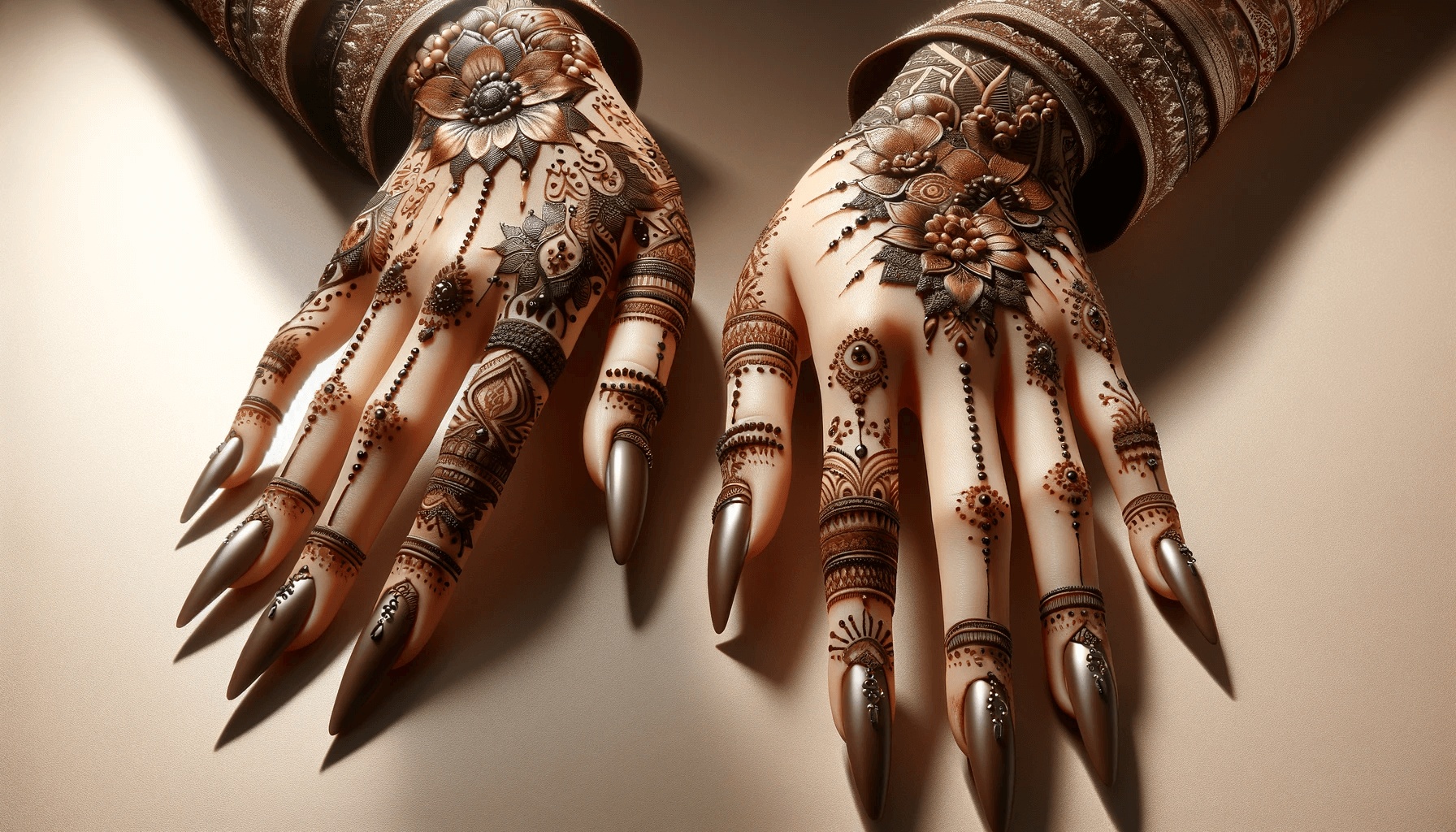Welcome to the world of Figma graphic design, where creativity knows no bounds, and visual masterpieces are just a click away. With Figma, you can bring your artistic vision to life and create designs that will leave a lasting impression on your audience.
Whether you’re a seasoned designer or just getting started, Figma offers a user-friendly interface that makes graphic design accessible to everyone. With its powerful tools and intuitive features, you’ll be amazed at what you can achieve.
Key Takeaways:
- Figma graphic design allows you to create stunning visual masterpieces.
- Figma is a user-friendly platform that offers endless possibilities for design.
- Whether you’re a novice or a professional, Figma has something to offer everyone.
Understanding the Basics of Figma
Congratulations, you’ve decided to embark on a journey to become a Figma graphic design master! But before we dive into creating breathtaking visual masterpieces, let’s take a step back and learn the basics of Figma.
First things first, Figma is a cloud-based design tool that allows for real-time collaboration with team members. Sounds pretty cool, right?
Now, let’s talk about getting started with Figma. When you first log in, you’ll see a blank canvas with a toolbar on the left side. This toolbar contains all of the tools you need to create your designs, such as the selection tool, shape tools, and text tools.
To start a new project, simply click on the “Create New” button and choose the type of project you want to create. Figma offers a variety of project types, including wireframes, prototypes, and mobile app designs.
In addition to creating new projects, you can also import existing design files into Figma. This is great if you’re transitioning from another design tool or simply want to work on a pre-existing design.
Understanding Figma’s Interface
Now that you know the basics of getting started with Figma, let’s take a closer look at the interface. The main section of the interface is the canvas, where you’ll be creating your designs. On the left side of the canvas is the toolbar, which we already discussed. On the right side of the canvas is the properties panel, where you can adjust the properties of the selected element.
At the top of the interface, you’ll find the main menu and the toolbar. The main menu contains options for opening, saving, and exporting your projects, as well as accessing Figma’s community resources. The toolbar contains tools for zooming in and out, as well as undo and redo buttons.
Keyboard Shortcuts
One great feature of Figma is its extensive list of keyboard shortcuts. These shortcuts can save you a lot of time and help you work more efficiently. Some useful shortcuts to know include:
- Ctrl/Cmd + D: Duplicate the selected element
- Ctrl/Cmd + G: Group selected elements
- Ctrl/Cmd + K: Create a new slice
- Ctrl/Cmd + Shift + M: Open the main menu
These are just a few examples of the many keyboard shortcuts available in Figma. To see a full list, simply press “Ctrl/Cmd + /” on your keyboard.
Now that you know the basics of Figma, it’s time to start creating! Stay tuned for the next section, where we’ll explore the principles of visual composition and how to apply them using Figma.
Mastering the Art of Visual Composition
So you’ve got the basics of Figma down, but how do you take your designs from good to great? The answer lies in understanding the principles of visual composition.
Visual composition is about more than just creating something that looks pretty. It’s about using design principles to create a balance of elements that guide the viewer’s eye through your work in a cohesive and effective way.
One of the most important design principles to understand is balance. There are two types of balance: symmetrical and asymmetrical. Symmetrical balance is when elements are evenly distributed on either side of a central point. Asymmetrical balance is when elements are distributed unevenly, but still achieve a sense of equilibrium. Understanding how to use balance in your designs can help create a sense of harmony and make your work more visually appealing.
Another important principle is contrast. Contrast helps create visual interest by using differences in color, shape, or size to draw the viewer’s attention to certain elements. However, too much contrast can be overwhelming and should be used sparingly.
Proximity is another principle that can help your designs feel more cohesive. By grouping related elements together, you can create a sense of hierarchy and make it easier for viewers to understand the relationships between different parts of your design.
Finally, it’s important to consider the flow of your design. Viewers’ eyes naturally move in certain patterns, so using elements like lines or shapes to guide their gaze can help create a sense of movement and lead them through your design in a logical way.
Now that you understand these principles, how do you apply them using Figma? The answer lies in using Figma’s powerful design tools and features. For example, you can use the Grids and Frames features to create symmetrical layouts or use the Auto Layout feature to create dynamic designs that adjust based on content.
Remember, mastering visual composition takes practice and experimentation. Don’t be afraid to try new things and push your boundaries. With Figma, the possibilities are endless.
Exploring Advanced Techniques in Figma Graphic Design
Congratulations, you’ve got the basics of Figma down pat. You’re now ready to unlock the secrets of Figma graphic design and take your artistry to the next level. In this section, we’ll introduce you to some advanced techniques, tips, and tricks that will help you create stunning visual masterpieces.
1. Playing with Layers
Figma’s layer system is one of the most powerful tools at your disposal. It allows you to organize your designs, control their hierarchy, and make them more manageable. To get the most out of your layers, use the option to group and align them. This will help you maintain a neat design while ensuring that you can access all your elements with ease.
2. Mastering the Art of Blending Modes
Blending modes allow you to create complex visual effects and achieve a variety of textures and tones in your designs. Figma offers an extensive range of blending modes, such as multiply, screen, overlay, and more, that can be used to create stunning visual effects. Experiment with them to create unique and attention-grabbing designs.
3. Getting Creative with Vector Networks
Figma’s vector networks are a game-changer in graphic design. They offer greater control over shapes than traditional vector tools and allow you to create organic and fluid shapes. With the pen tool, you can create vectors that respond to your movements and offer more creative freedom.
4. Enhancing Layouts with Plugins
Figma’s plugin system is a fantastic way to extend the functionality of the software and make your design process more efficient. There are many plugins available that can help you automate tasks, generate styles and effects, and much more. Some of the most popular plugins include Content Reel, Figmotion, and Lorem Ipsum.
By using these advanced techniques and exploring Figma’s tips and tricks, you’ll be able to create stunning designs that will leave everyone amazed. So what are you waiting for? Experiment, have fun, and let your creativity run wild!
Sharing and Collaborating on Figma Projects
Congratulations, you’re now a Figma master! But what fun is creating stunning visual masterpieces if you can’t share them with the world? Figma makes it easy to collaborate with others and share your creations with just a few clicks.
Sharing Your Designs
When you’re ready to show off your work, Figma lets you share your designs with anyone, anywhere. Simply click the “Share” button in the top right corner of your screen, and you can generate a URL to send to your friends, clients, or anyone else you want to show your work to.
But that’s just the beginning. You can also customize the sharing settings to control who can view, edit, or comment on your designs. Plus, you can password-protect your designs or set an expiration date for the link, so you have complete control over your work.
Collaborating with Others
Figma was built for collaboration, so it’s easy to work on projects with others in real-time. When working with a team, you can invite others to your project by sharing a link or adding them directly from Figma. This way, everyone can access the design and make changes on the fly.
But that’s not all. Figma also includes a built-in commenting system, so you can leave feedback or ask questions right within the project. Plus, Figma keeps track of all changes and versions, so you can easily roll back to an earlier version if needed.
And if you’re working with a larger team, Figma includes advanced collaboration features like team libraries, which allow you to share design assets across all your team’s projects.
With Figma’s collaboration features, you can work with anyone, anywhere, and create amazing designs together.




